


California Wildfires
Wildfires have always been a part of California’s fire-adapted ecosystems, however, in the past 30 years, wildfire trends have seen a sharp change due to climate change and other anthropogenic causes.With these trends, a plethora of impacts associated with wildfires can be seen on the rise too.Forest ecosystems are threatened due to a very high combustion rate from past fire suppression efforts, while coastal ecosystems are experiencing type conversion leading to the gradual elimination of chaparral and woodland.Humans are exposed to more health threats due to the increased smoke, fire, and erosion from wildfires. Important infrastructure is damaged as well as many fluctuations in the economy.However, by recognizing the importance of fire ecology in the diverse California landscape and dispelling any mischaracterizations of those fires, we can create solutions to help our forests and protect ourselves.

+++
Generally, wildfires are neither beneficial or harmful, they are very important to California's ecosystem. Human settlement changed that. The need to develop & expand as well as the misunderstanding fire ecology caused California’s ecosystems to take the concequences.Today the idea of a wildfire is seen as inherently bad because it's seen as a threat. Thanks to our ignorance and actions to understand fire, coupled with anthropogenic climate change, fire trends have been on the rise.
California has always had wildfires, humans weren't prepared for the impacts of living in this fire dominated-landscape.Therefore it is our responsibility now to protect ourselves through preparation, make an effort to understand our state’s fire ecology, and help return the environment to a post-human wellness.

Lengthening of wildfire season
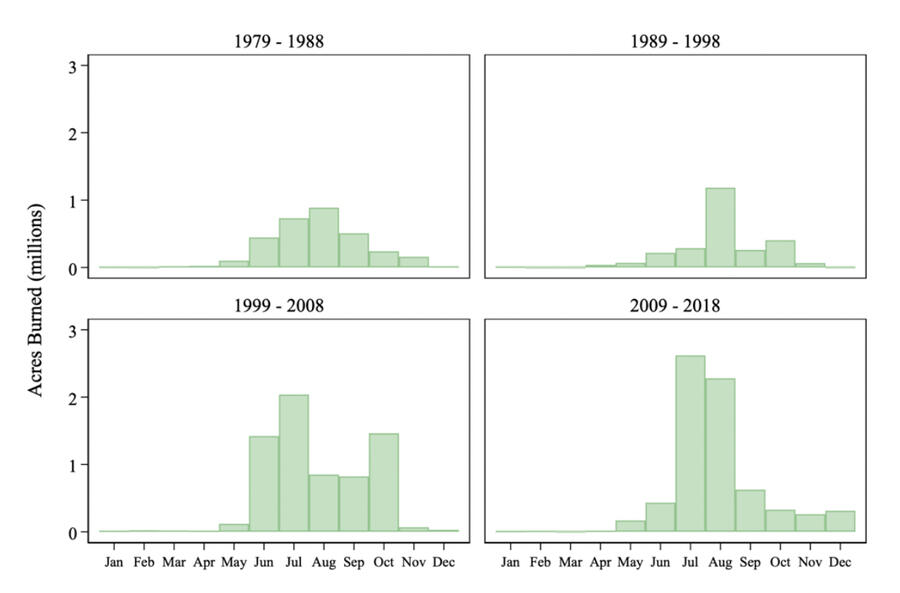
(Hanna Buechi et al., 2018)
Figure modeling acres burned over a span of months for multiple years
California’s Mediterranean-like climate originally has hot, dry summers and wet winters. However recent data shows a lengthening in the dry seasons, which is about when wildfire season (summer-fall) occurs.Additionally, because there’s more time for the dry season and less time for the wet season, atmospheric scientists observe the wet seasons are getting more compressed over time. This means that big precipitation events get concentrated into December and January
Fire Severity
Fire severity (or burn severity) is a measure of “the effects of fire on the environment, typically focusing on the loss of vegetation. Provides a measure of the ecosystem effects of fire.Most studies in California have actually documented burn severity increasing in forest ecoregions all across the state, but at different rates.Whether high/low fire severity is detrimental or beneficial to an ecosystem depends solely on that ecosystem’s relationship with fire.It is possible to draw some correlation between fire severity and other trends but no clear relationship.
Trends
Most trends observed seem to be increasing, however, variables such as fire severity vary depending on the area in California due to its variety in ecosystems.
Rising Trends in California
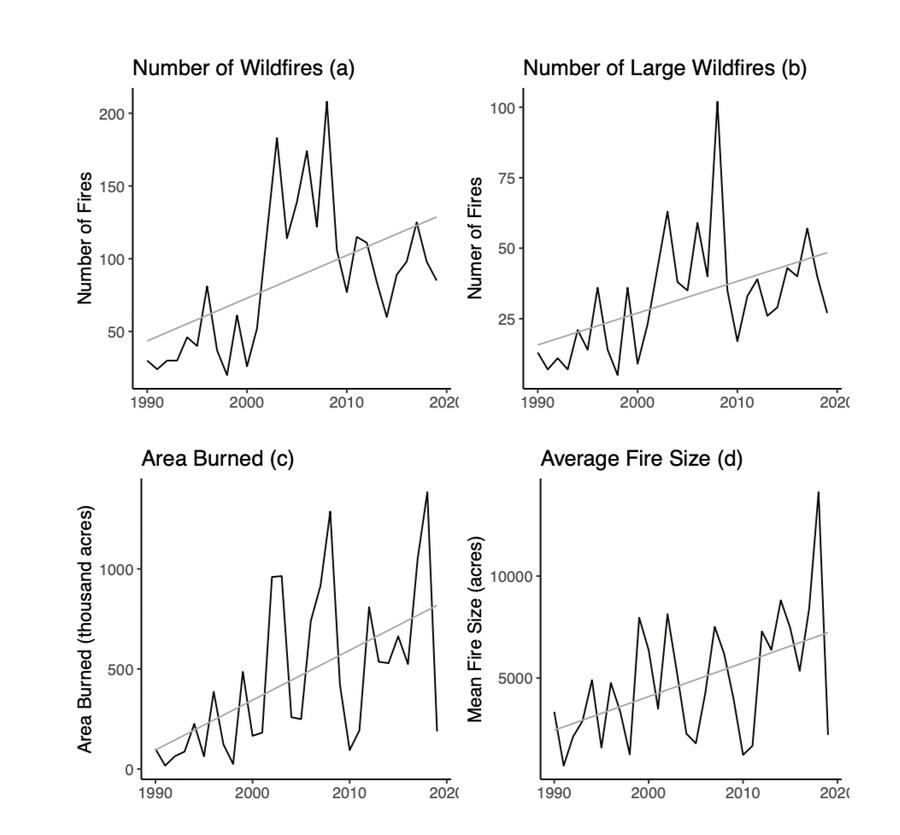
(Feo et al., 22).
Figuring modeling multiple wildfire trends since 1990
Most studies done on California wildfires confirm data on the upward trends of the frequency of large fires, maximum fire size, number of wildfires, and total burned area.
Projected Trends
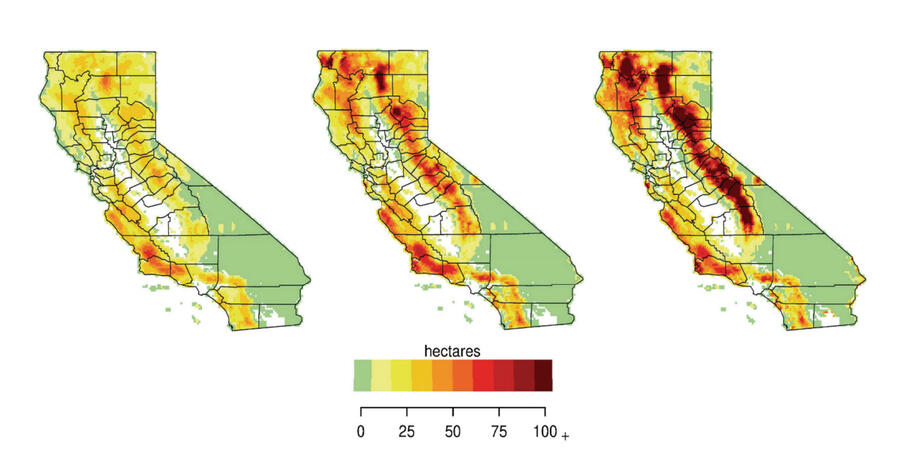
(Feo et al., 2020)
Figure modeling annual acreage burned area in 30 year periods.
Annual Area burned for the state is expected to increase across all climate scenarios, especially in frosted areas such as the Sierra Nevada and Southern Cascades. Specifically, climate projections predict a doubling in annual area burned in Sierra NevadaAdditionally, the fire seasons are also projected to continue expanding, creating a higher proportion of days that are at risk of fire.

References
Buechi, H. (2020). Long-term trends in wildfire damages in California. Long-Term Trends in Wildfire damages in California. Retrieved May 31, 2022, from https://emlab.ucsb.edu/sites/default/files/documents/wildfire-brief.pdfFeo, T. J., Mace, A. J., Brady, S. E., & Lindsey, B. (2020, October). California Council on Science and Technology (CCST). The Costs of Wildfire in California. Retrieved May 31, 2022, from https://ccst.us/wp-content/uploads/The-Costs-of-Wildfire-in-California-FULL-REPORT.pdf

Causes
The observed wildfire trends are caused by and continue to be caused by anthropologic and climate-related issues.
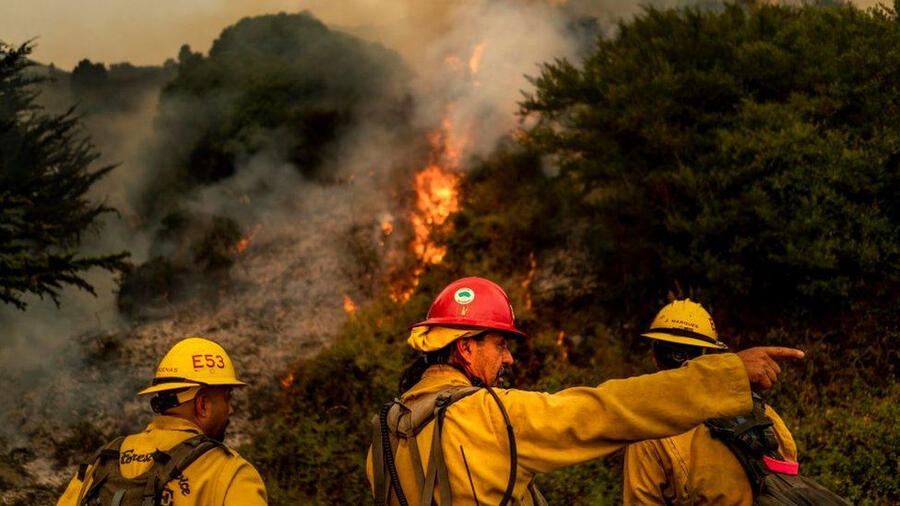
Anthropogenic Causes
Human-caused ignitions & Urban expansion
Humans caused ignitions directly impact frequency of wildfires. Regression models indicate humans were responsible for the first increasing and then decreasing fire frequency and area burned. This checks out with the logic that humans were responsible for fire initiation, but the fire spread and behavior depended on other variables.The number of fires and area burned, maximum fire values occurred at intermediate levels of human presence. The initial increase in population with fire frequency is because the presence of humans results in more ignitions. The decline in ignitions is due to the lack of open space and fuels to sustain fire as well as more fire suppression resources.The growing population also explains increasing fire frequency rates as a higher population means more ignitions. At wildland-urban interfaces, fire frequency and area burned were greatest at a short distance. Meaning initial urban expansion increases fire frequency.
Land Use
Incentives for land use such as fire risk prompt land use by creating the need for vegetation management such as forced type conversion and landscape planning. Whereas land-use change can impact fire risk by changing fuel loads and ignition rates. It’s a feedback system where actions at the moment may affect future actions.By altering fuel load and ignition rates due to those incentives, trends of area burned, fire frequency, and spread rate of fire increase.
History of Fire suppression
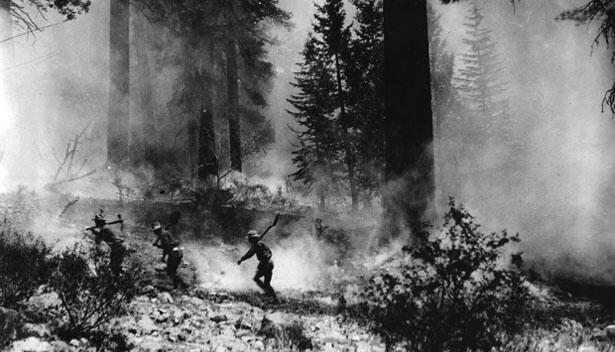
USFS fire suppression after the Big Burn of 1990
California’s fire-prone landscapes demand different fire regimes depending on the area. Indigenous communities managed some of these landscapes with prescribed fire, as it reduces the fuel load of forest ecosystems. Post-European settlement (1800s) saw a sharp decrease in fire activity due to banning indigenous communities from burning.Today’s era began in the late 1800s-1900s when we started seeing fire as more and more of a threat to the economic value of our resources, so we used fire suppression as an answer to those problems.These efforts were only enforced more strictly after the Great Fire of 1910 coupled with WWII mechanized fire suppression tools, the US Forest Service put out 95-98% of fires in the US.
The consequences of our history of fire suppression saw an increase in fuel load in dry, mixed conifer, pine forests. Fuel load controls the spread rate of a fire and therefore the burned area, explaining those increasing trends.
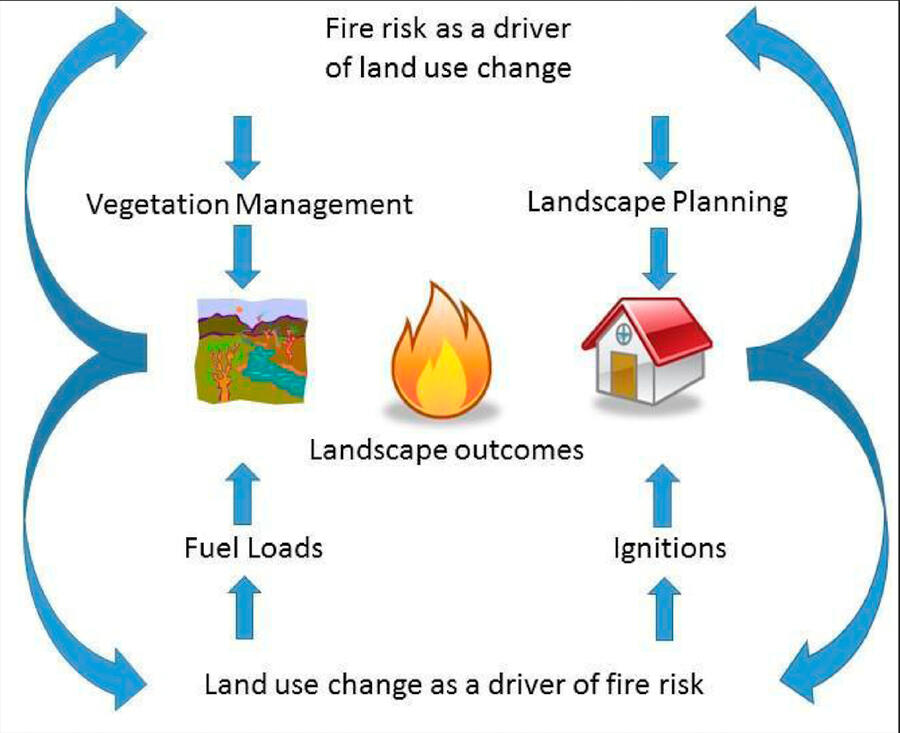
(Butsic et al., 2015).
Land use driver loop
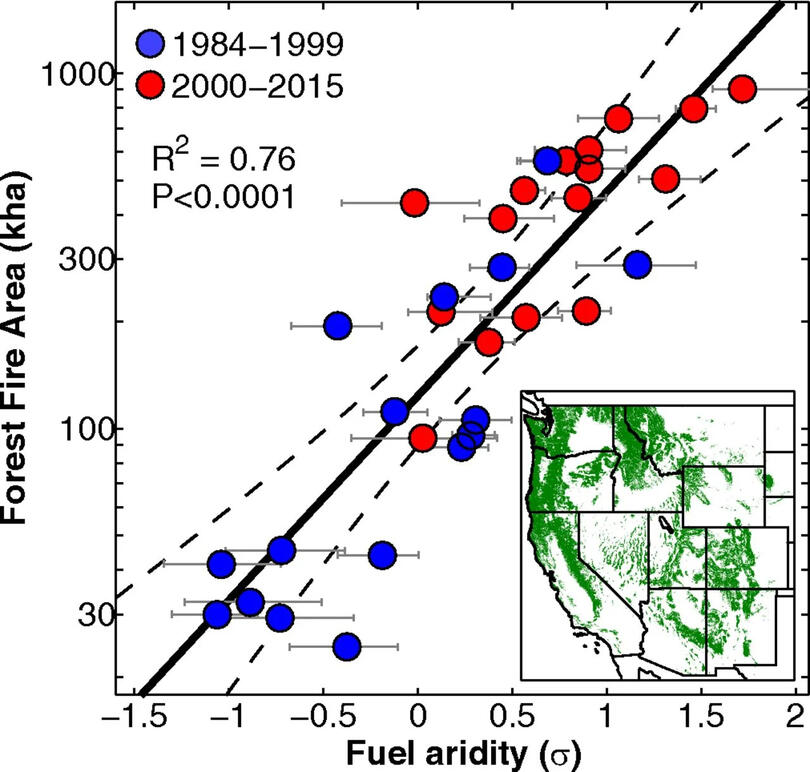
(Abatsoglou & Williams, 2016).
Fuel aridity vs Forest Fire Area
Dry environments have better ignition conditions and flammability than wet environments. Therefore as fuel aridity increases, the frequency and number of fires increase because fires are easily ignited.The warmer temperatures from climate change are responsible for the lengthening of the wildfire season due to decreased water availability in summer as well as early spring melting and reduced snowpackAdditionally, warmer and drier fire seasons correspond with higher severity fires. Therefore, continued climate change could see increased fire severity in the future.
Climate change does seem to impact every single aspect of wildfire trends; increasing area burned, frequency, and fire severity simply because the temperature is hotter. Wildfires also contribute to a positive feedback loop by releasing large amounts of CO2 into the atmosphere. Rising wildfire trends contribute to a positive derivative of climate change and climate change increases wildfire trends.
Climate Causes
The speed of warming is also anthropogenically driven, however it's a much bigger issue than direct human causes of wildfires.
The Earth has seen global warming and cooling over its long history, however, the rate of warming has increased too fast in recent years. This is due to excessive burning of fossil fuels, deforestation, too much consumption, etc, mostly anthropogenic reasons. Over the last 100 years average global temperatures have increased by approximately 1.2 C, and continue to increase at a rate of 0.03 C.
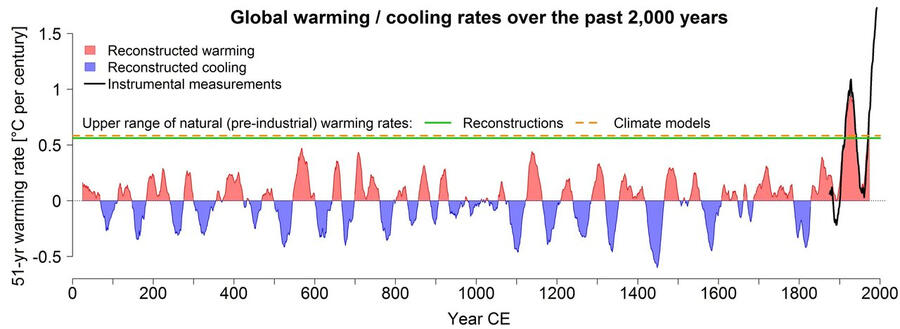
(Neukom, 2019).
Global warming/cooling rates over past 2,000 years
Higher temperatures from anthropogenic climate change have seen a rise in dryness measured through fuel aridity. A direct linear relationship between the trends of fuel aridity and forest fire area is observed.

References
Abatzoglou, J. T., & Williams, A. P. (2016, October 10). Impact of anthropogenic climate change on wildfire across ... - pnas. PNAS. Retrieved May 31, 2022, from https://www.pnas.org/doi/10.1073/pnas.1607171113Butsic, V., Kelly, M., & Moritz, M. A. (2015, February 25). Land use and wildfire: A review of local interactions and Teleconnections. MDPI. Retrieved May 31, 2022, from https://www.mdpi.com/2073-445X/4/1/140/htm#:~:text=Land%20use%20changes%20also%20influence,use%20change%20has%20actually%20occurred.Lasslop, G., & Kloster, S. (2015, May 23). Impact of fuel variability on wildfire emission estimates. Atmospheric Environment. Retrieved May 31, 2022, from https://www.sciencedirect.com/science/article/pii/S1352231015301126Syphard, A. D., Radeloff, V. C., Keeley, J. E., Hawbaker, T. J., Clayton, M. K., Stewart, S. I., & Hammer, R. B. (2007, June). PDF. Madison, Wisconsin; Ecological Society of America.Lindsey, R., & Dahlman, L. (2022, April 20). Climate change: Global temperature. Climate Change: Global Temperature | NOAA Climate.gov. Retrieved May 31, 2022, from https://www.climate.gov/news-features/understanding-climate/climate-change-global-temperatureNeukom, R., Steiger, N., Gomez-Navarro, J. J., Wang, J., & Werner, J. P. (2019). The climate is warming faster than it has in the last 2,000 years. Portal. Retrieved May 31, 2022, from https://www.unibe.ch/news/media_news/media_relations_e/media_releases/2019/medienmitteilungen_2019/the_climate_is_warming_faste\r_than_it_has_in_the_last_2000_years/index_eng.html

Organizations responsible
Impacts that affect the environment & Solutions
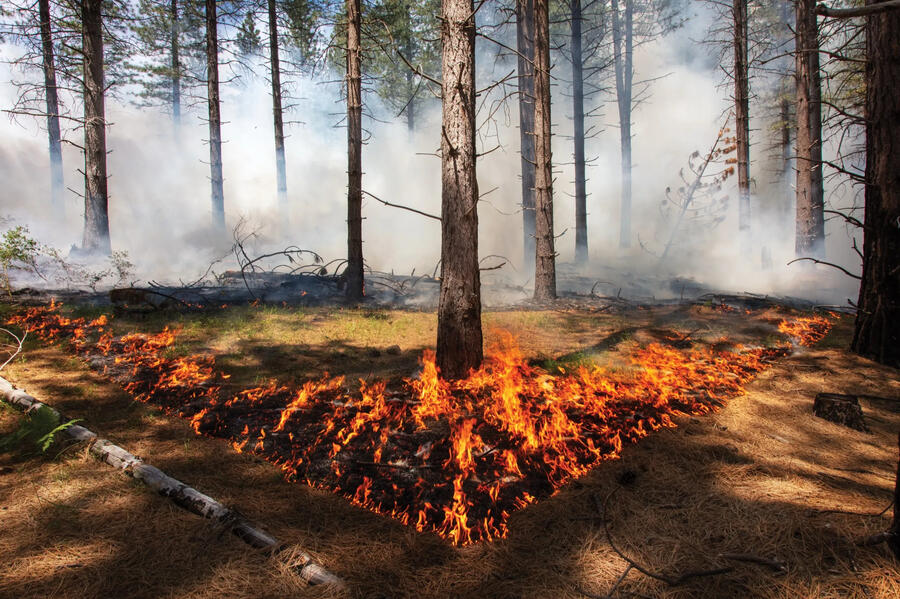
Impacts that affect humans & Solutions

Impacts & Solutions
Impacts of the California wildfires are divided into impacts that affect humans: damage or destruction of physical assets, harm to health, and changes in economic activity; as well as impacts that affect the environment: changes in ecosystem processes.Solutions to these impacts must take into consideration the importance of fire to the California landscape and the economic and social health of our communities. Solutions are divided into actions intended to affect the wildfire event itself to result in fewer wildfires, actions intended to reduce losses when a fire happens, and ignition prevention. A government leadership role should be taken to invest into the future of California ecosystems and populations.
The California Wildfire and Resilience Action Plan
The California Wildfire and Resilience Action Plan considers each of these interests and is making progress towards effective forest management to protect the people and the forests. The Action Plan calls for CALFIRE, CNRA (California Natural Resources Agency), USFU (United States Forest Service), and other organizations to follow through on incentives to improve forests, policies regarding fire & landowning, strategies towards burning, and protect communities through planning and hardening.The Federal government supports these organizations, we can support these solutions by holding them accountable.
More about the Action Plan:
Environmental Impacts & Solutions
Forest Ecosystems

Montane Forest
Forest ecosystems such as dry, mixed conifer, and pine forests usually have a fire regime consisting of frequent low severity fires.However, due to their severe history of fire suppression, forests now have a high fuel load or dense undergrowth compared to pre-European settlements. High fuel loads from these forests have a very high combustion probability, leading to big severe and intense canopy fires that would be detrimental to forest ecosystems themselves and to humans.As a solution humans can use fuel management systems such as ecological thinning, timber harvesting, or prescribed fire to lessen the fuel load of the forest. While using these methods rare plants and species must be preserved for diversity.
Chaparral Ecosystems
Chaparral & Shrubland Ecosystems experience lots of human intervention from population and urban expansion. Originally infrequent fires became very frequent fires in this ecosystem which houses species requiring long intervals of fire regeneration. This increased fire frequency also ends up contributing to the expansion of invasive flammable grasslands that further increase fire frequency and affect ecosystem services.Currently, chaparral and shrubland ecosystems are experiencing type conversion and eventual elimination of both ecosystems.The best solution to these ecosystems is a better understanding of them because most of the mismanagement is due to incomplete recognition of fire regimes and ecology. Management policies need to change to be more specific to chaparral and shrubland. Human development in these areas needs to be regulated strictly and more importantly occur in other areas.
Grassland & Woodland Ecosystems
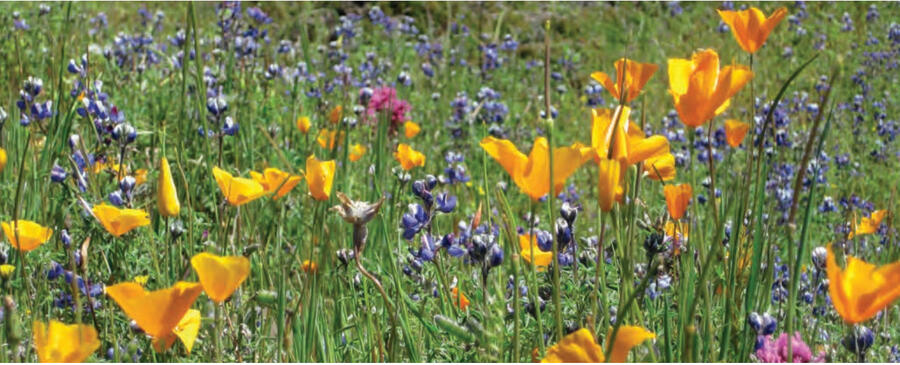
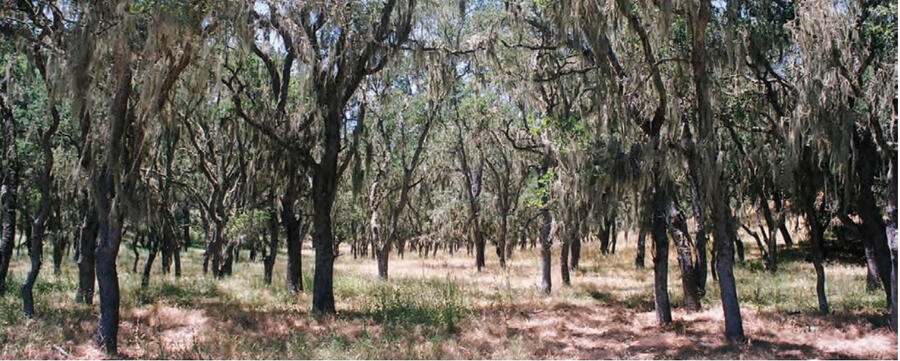
Grassland & Oak Woodland
Grassland and woodland ecosystems need frequent small fires for optimal regeneration and reduction of thatch buildup. Today’s grasslands experience reduced burning, leading to thatch buildup and lower plant diversity (particularly wildflowers), and more intense wildfires. Woodlands have experienced some amount of fire suppression that has led to conifer encroachment, mostly in the Oregon white oak woodlands of northwest California.Consequently, both ecosystems have high severity of fires due to the presence of invasive species and humans. Both are very vulnerable to type conversion which increases fire risk and fire return intervals.Fuel management is the solution, restoration and maintenance of plant diversity can be accomplished with controlled fire. Woodlands would benefit from mechanical conifer removal to eliminate seedlings. The human communities that have made their presence in these ecosystems should be protected with structure hardening.

(California Chaparral Institute).
Chaparral over time
Harm to Health
California wildfires create health hazards through smoke, fire and erosion. Studies have shown California wildfires’ smoke is associated with death, and excess illness as a result of increased respiratory, cardiovascular, and cerebrovascular complications.During the 2008 Northern California wildfires, an increase in emergency room visits for respiratory diseases increased. A rise in cardiac arrests is linked to increased PM2.5 exposure, which triggers dysfunction when entering the body. And VOCs, harmful compounds known as volatile organic compounds, can be created by burning biomass and flame with infrastructure. Smoke can also contain carbon monoxide, lead, mercury, and other heavy metals and toxins which lead to health complications.

(Feo et al., 2020).
Pathways of health threats due to wildfire
Solutions would be to use prescribed fires, the smoke from these fire are much more controlled and have less of a health impact compared to wildfire smoke. Tracking realtime the association of health outcomes would smoke would be helpful information for future events.
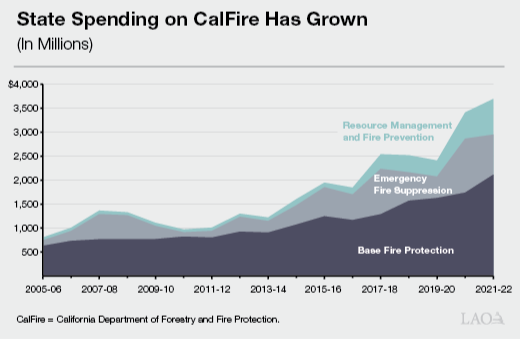
(Kirsten, 2022).
State Spending on CALFIRE
Humans Impacts & Solutions
Damage/Destruction of physical assets
Fire damage causes the destruction of houses and items that are of value. Important infrastructure such as buildings, water infrastructure electricity, gas, & telecoms, and transportation are possibly destroyed which would impact the lives of nearby communities. Additionally, humans have to account for the cost to repair, replace and clean up the damage. The more severe the wildfire, the more severe those costs are.Solutions to mitigate damage towards infrastructure are land-use planning, structure hardening, and the creation of defensible spaces.By planning the land before urban development of housing location to factor in wildfires and structure loss, wildfires are best mitigated. Structure hardening reduces risk of ignition from embers of the wildfire and is a protective measure toward infrastructure. Defensible spaces also lower ignition risk, an example would be creating an area of thinned, irrigated vegetation space.

Defensible Space
Changes in Economic Activity
The economy will fluctuate due to wildfire interference; sectors such as recreation and tourism, working lands, agriculture, range/livestock, timber, construction, and the supply chain all take losses.Economy-wide, the labor market is affected as wages and unemployment increase from a labor supply decrease due to evacuations. Household wellbeing is disrupted due to the destruction of physical assets, disruption of employment opportunities and income, and dislocation. California families also move away from migration due to wildfires.The COVID-19 outbreak was a situation that demanded a lot of money. CALFIRE had to budget $85.6 million to find permanent firefighting positions due to a reduction in the firefighting force. State spending on CALFIRE increases every year as the fire trends rise.
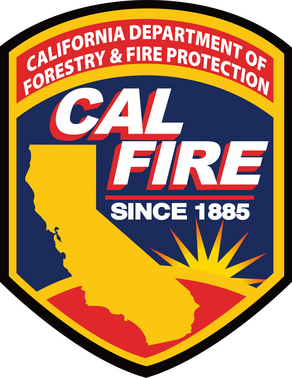
Organizations Involved
The land in California is divided into different responsibility areas to take care of.Federal Agencies are responsible for Federal responsibility areas (FRAs). Lots of federal agencies such as USFS and the Department of Interior which includes the National Park Service, Bureau of Land Management, Fish and Wildlife Service, and Bureau of Indian Affairs have their own firefighting agencies responsible for FRAs.The state fire agency, CALFIRE, is responsible for around 31 million acres that are known as State Responsibility Areas (SRAs). Local fire departments are responsible for Local Responsibility Areas or (LRAs). CALFIRE contracts county fire authorities on SRA’s for fire protection; said counties are Marin, Los Angeles, Kern, Orange, Santa Barbara, and Ventura.Many Indian tribes are federally recognized and are responsible for some amount of fire suppression.

(Feo et al., 2020).
Map of Responsibility Areas
Policies differ between agencies usually based on pressures driven by their communities, regional politics, and history. LRAs which have high densities of infrastructure, their policies are driven by development pressures. USFS’ responsibility for California’s history of fire suppression makes it questionable whether they are still in a fire suppression mindset.It’s up to the individuals in communities to drive fire agencies to make the right decisions.
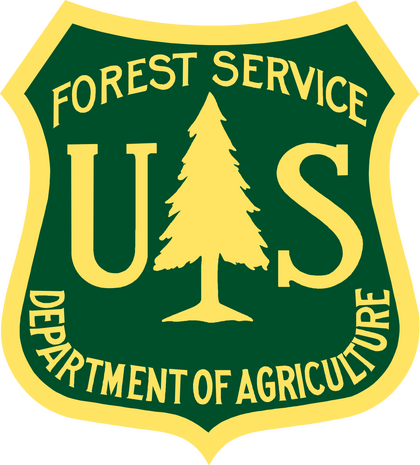

References
Feo, T. J., Mace, A. J., Brady, S. E., & Lindsey, B. (2020, October). California Council on Science and Technology (CCST). The Costs of Wildfire in California. Retrieved May 31, 2022, from https://ccst.us/wp-content/uploads/The-Costs-of-Wildfire-in-California-FULL-REPORT.pdfCalifornia Chaparral Institute. (n.d.). Type Conversion - The Impact of Excessive Fire. Too much fire. Retrieved June 3, 2022, from https://www.californiachaparral.org/threats/too-much-fire/Kirsten, H. (2022, January 26). Wildfire and forest resilience package. The 2022-23 Budget: Wildfire and Forest Resilience Package. Retrieved May 31, 2022, from https://lao.ca.gov/Publications/Report/4495Zavaleta, E., & Mooney, H. (2016). PDF. The Regents of the University of California.
